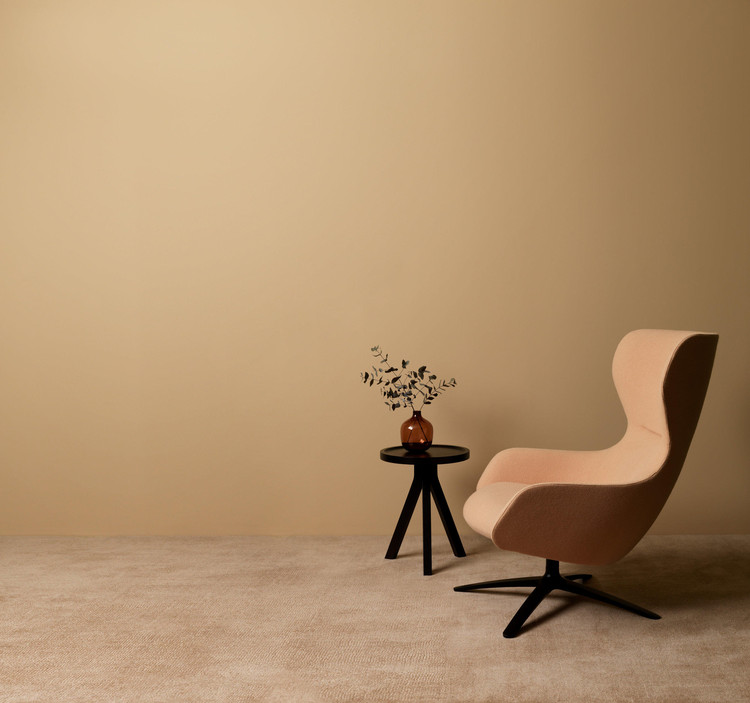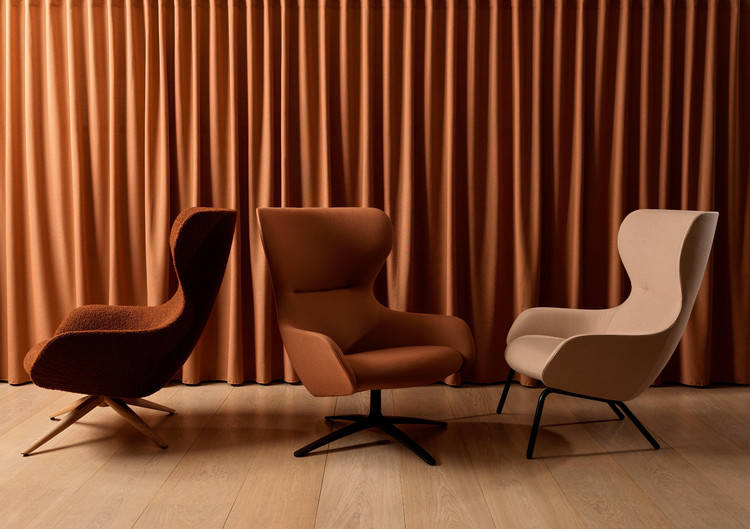
The demands and expectations of the workplace have shifted dramatically over the last two years. The mission statement of the office is being re-drafted and its role and function re-defined. Mark Barrell, Design Director at global furniture manufacturer Boss Design, argues that the advance of hybrid or blended work – and 80 per cent of Boss’ clients have adopted that model – means that offices must become 'destination spaces', or rather a series of different destination spaces.
Crucially, Barrell says, time in the shared workplace is now less a matter of routine and prescribed shifts than purpose. And people will need different types of workspace depending on that purpose.


More choice
Boss’ clients include Google, Microsoft, British Airways and PwC, so Barrell has a pretty good insight into the needs of the market. "People are going to get more choice," he says, "choice about where they want to work and control over matching the most appropriate place to work with the tasks that need to be completed that day."
The advance of hybrid or blended work means that offices must become 'destination spaces', or rather a series of different destination spaces.
The office is now primarily a place to connect with company culture, collaborate with teammates and to learn or pass on learning, says Barrell. Head-down, focused desk work will still happen but ranks upon ranks of desks and task chairs is clearly an outdated model of office organization. "The best working environments offer a combination of work, interaction and relaxation," he says.


Reimagining the wingback chair
Barrell argues that a key trend at the moment is a softening of office fixtures and fittings, not a forced or contrived domestication, but a greater emphasis on comfort and more relaxed settings. Boss' new Amelia wingback chair exemplifies that trend.
Boss designer Aaron Clarkson wanted to create an iconic silhouette that could stand the test of time but also a chair that had a visual and actual softness and tactility. With Amelia, Clarkson elegantly re-imagines the traditional wingback as a single, gently curving form and has worked with Boss' master upholsterers to ensure that multiple fabrics work seamlessly with his simple organic lines. In the office environment, Amelia becomes a kind of instant comfortable cocoon, offering visual and acoustic privacy. Amelia can also be configured with one of four different bases and with standard or plush upholstery.


Sustainability front and centre
Boss has also kept sustainability front and centre in the design of Amelia, keeping waste to a minimum during manufacturing but also using durable materials – moulded polyurethane foam over a steel support frame – which means tired and worn upholstery can be easily replaced to give the chair a new lease of life.
While many offices have concentrated on providing spaces for team collaboration, Barrell says, they have paid less attention to providing space for short one-to-one meetings, video conferencing and focused work, the spaces where the post-collaborative actioning actually happens.


Modular, flexible workspaces
While work pods offer welcome private space, Barrell argues that most fall short as pleasant, productive places to be. Boss’ new Mews modular pod system offers softer and more textured natural materials but also better acoustics, air quality and video conference-friendly lighting. As Barrell says, Teaming, Zooming and similar are now a permanent feature of working life and Boss worked with photographers and videographers when creating the lighting for Mews, ensuring your onscreen presence is as polished as possible.
The Mews pod system has also been designed to create usable working and meeting space between pods, which can also be curtained off for privacy. "We feel like successful workplace planning, now perhaps more than ever, relies on high levels of flexibility, modularity and adaptability," says Barrell.


